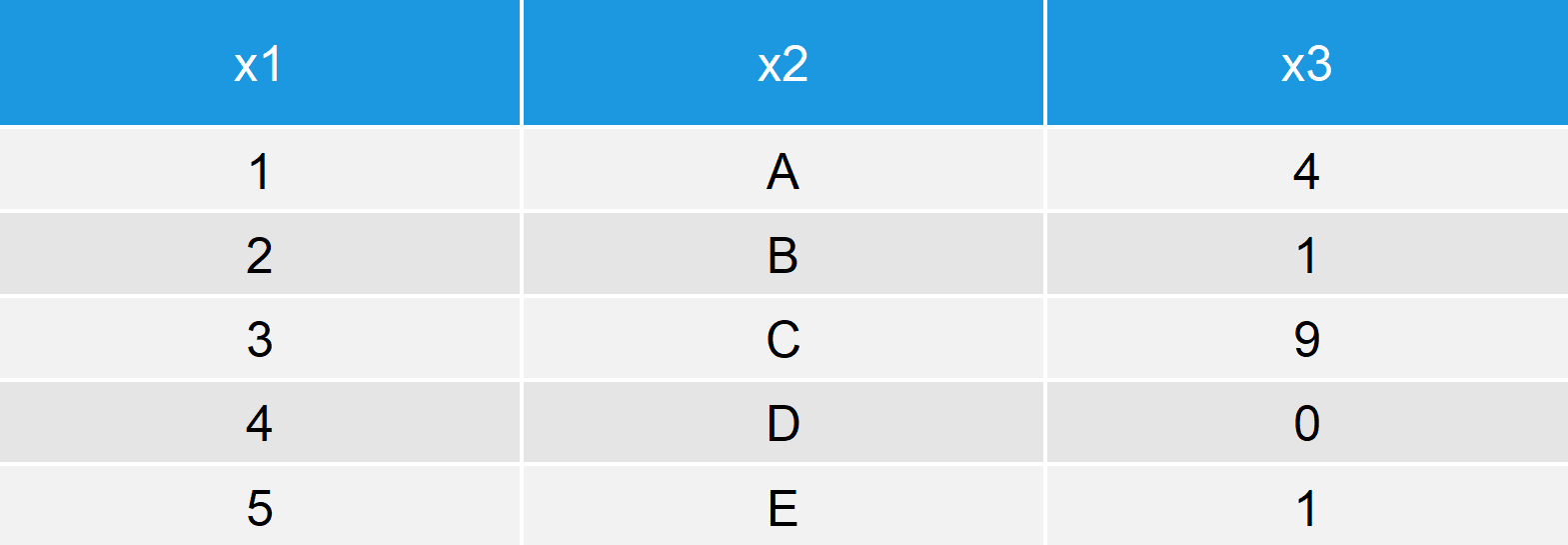Random Sample In R
Random Sample In R - Web the sample() function in r is a powerful tool that allows you to generate random samples from a given dataset or vector. I want to assign a random number of b for each number of a. The basic syntax for the sample () function is as follows: If a has length 1, is numeric (in the sense of is.numeric) and a >= 1, sampling via sample takes place from 1:a. Sample takes a sample of the specified size from the elements of x using either with or without replacement. Sample_n (tbl, size, replace, fac,.). Sample () function in base r is one of the most useful functions to get “random samples and permutations” in numerous settings. Let’s roll into the topic!!! Web the sample () function in r allows you to take a random sample of elements from a dataset or a vector, either with or without replacement. In the first section, we will have a look at the widely used sample() function.
Sample (x, size, replace = false, prob = null) where: This article will guide you through the process of. Whether to sample with replacement or not. Using all values (reordering) or a subset (select a list) Asked 6 years, 5 months ago. Random reordering of data using sample function. A dataset or vector from which to choose the sample.
Select random samples in r #83. Generate one random number in range. Web as an example, an original dataset contains a binary variable column named bin_var (along with numerous other columns). Picking from a finite set of values (sampling without replacement) sampling with replacement. Modified 12 years, 2 months ago.
Web select a random sample from a tibble type in r: Sample () function in base r is one of the most useful functions to get “random samples and permutations” in numerous settings. Learn how to select a random sample from a data set in r. The default signature for this method is sample(samplespace, numberofsamples). This function allows us to randomly select rows by specifying the desired number or proportion of rows to be sampled. A dataset or vector from which to choose the sample.
R has a convenient function for handling sample selection; Random reordering of data using sample function. # sample from the vector 'a' 1 element. Select random samples in r #83. A vector of elements from which to choose.
Web the random data is generated in this process with or without replacement, which is illustrated in the below sections. It’s an essential function for tasks such as data analysis, monte carlo simulations, and randomized experiments. Whether to sample with replacement or not. Sample(a, 1) answered feb 22, 2012 at 7:53.
Runif(N=1, Min=1, Max=20) Method 2:
A vector of elements from which to choose. Sample_n (tbl, size, replace, fac,.). Random reordering of data using sample function. Dplyr package in r is provided with sample_n () function which selects random n rows from a data frame.
Web To Generate A Random Sample In R, We Can Use The Sample Method.
Sample takes a sample of the specified size from the elements of x using either with or without replacement. Sample(x, size, replace = false, prob = null) sample.int(n, size = n, replace = false, prob = null, usehash = (!replace && is.null(prob) && size <= n/2 && n > 1e7)) arguments. For example, if we wanted to generate samples of rolling a die, we could pass a vector of numbers from 1:6. The second parameter passed to sample, 150, is how many random samplings you want.
Web Often While Working With Some Dataset, We Would Like To Randomly Select Samples.
R has a convenient function for handling sample selection; #generate five random numbers between 1 and 20. If you run the examples of this tutorial you will get other output. Web the random data is generated in this process with or without replacement, which is illustrated in the below sections.
Web Generating Random Numbers Is A Common Task In Many Fields, Including Statistics, Data Analysis, Simulations, And More.
Generate one random number in range. Next, we will have a look the slice_sample() function from the dplyr package. Select random samples in r #83. Sample (x, size, replace = false, prob = null) where:




![[R Beginners] Learn to generate random samples in R. Code included](https://i2.wp.com/i.ytimg.com/vi/ANWWmEpI9wU/maxresdefault.jpg)

![How to Draw a Simple Random Sample in R Part 2. [HD] YouTube](https://i2.wp.com/i.ytimg.com/vi/TIfD8A7NaWU/maxresdefault.jpg)
![How to Draw a Simple Random Sample in R Example 1. [HD] YouTube](https://i2.wp.com/i.ytimg.com/vi/dsvwBXKBPfw/maxresdefault.jpg)